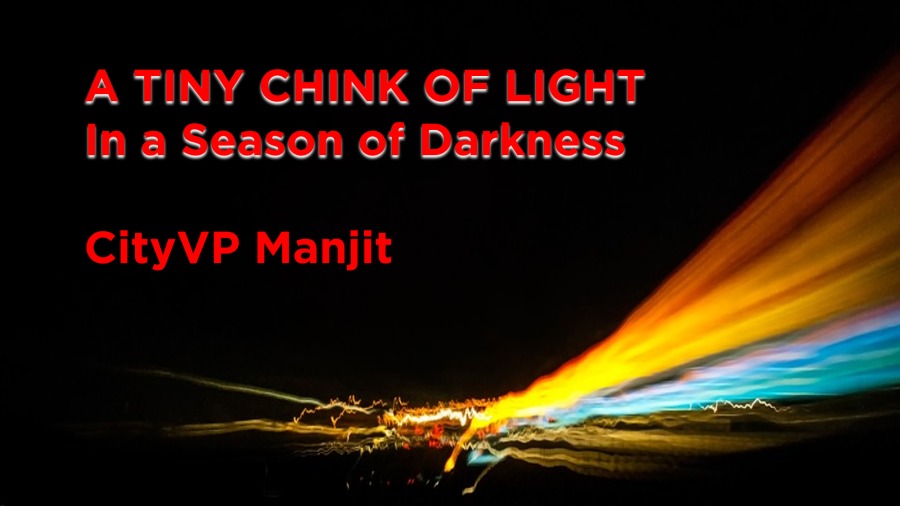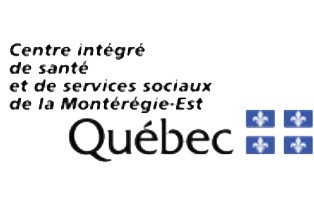Strategy of Appreciation

The first is authentic appreciation which goes beyond simply speaking in appreciative platitudes. All the Toastmasters clubs I have belonged to may think they are speaking the language of appreciation but they are achieving mastery in platitudes. The reason that warm-fuzzy appreciation is far more dominant than authentic appreciation is the simple reason that the LIKE button has become more important than depth of gratitude. We have socially engineered warm and fuzzy and made that the defacto mental model and in rewards and recognitions, clubs have done the same thing that online sites have done - and it does work.
The second is value appreciation, what is the club doing that elevates its value and values. Appreciation shows through in membership strength, and in challenges of managing growth. Managing growth may seem like a problem, but it is a nice problem to have. In the three prior clubs where I served on the executive it was an exceedingly nice problem to have. Now for the first time I encounter the opposite, a club that is in transition but which in prior years also has done a good job of fostering growth. It has never had to manage growth but if it did, there are natural advantages that become actual advantages if the club develops a heartbeat of authentic appreciation, and again that is an evolution, not something we magically create.
The difference with authentic appreciation is the true nature of appreciation when no one is looking, when the appreciation is not tied in the ribbons of spiritual ego. It can also be seen in the actions and touches people miss if they are simply going through the motions of social greeting and etiquette. We still need grace, greeting and etiquette and then cultivate a club climate that liberates authentic appreciation - and this is not something that can be commanded into action, it is that which flows from the actual heart of true loyalty.
Our current club president Daniel gravitates naturally to the idea of family. Anyone who knows how a family forms also knows that there is rough in this evolution along with the smooth. If a foundation stone of authentic appreciation is possible, then the strategies of appreciation have great soil to grow into. There are three strategies of appreciation.
1. Acquisition Strategy
2. Application Strategy
3. Affinity Strategy
Acquisition Strategy
The reality of a Toastmasters club is two-fold. Firstly it constantly needs to find new blood and secondly it has to find new club members from a restricted talent pool that is associated with the college. While a community club may have a talent pool in their community that numbers 300,000 people in the households in their area, a campus club may only have 3000, with the knowledge that that other campus's may or may not have their own Toastmasters club. In our case there are now three college toastmasters clubs, one for each campus, all chartered under their own private membership and separate executive.These restrictions demand that the executive of a campus club be even more creative than those organizations who can acquire new members from an unrestricted and even global set. The stat I keep at the club level is called the TURNOUT REPORT. This is something I introduced as an alternative to what I found when I arrived which was the maintenance of an ATTENDANCE REPORT. My first reaction on joining a campus club was to ensure that I did not treat students as children, that required a headmaster to count heads and take attendance. In the turnout report as it presently stands, it is not supported by an acquisition strategy. Acquisition here does not mean purchasing a human being it means acquiring talent. This is what authentic appreciation changes - we do not view people as leads, but look for future leaders. What we are trying to acquire is this leadership, because the central job of leaders is to make more leaders and that is as Tom Peters quote, an individual who I singularly blame for the Brand You mindset that has turned people into product.
Application Strategy
A good appreciation strategy does not start and end with acquisition of new blood, it is supported with the retention of existing talent. Application is a measure of involvement within the club. As the system of governance is mindfully organized through authentic appreciation and adapts to value appreciation, the opportunity space is engagement. Not the employee engagement that clueless human resource advocates love to talk about at HR conferences, while the actuality of employee engagement is an unspoken and hidden reality, but membership engagement that embodies authentic and value appreciation.The good news is that our club operates as combination of two charters and so design of the club organization can address application. In many clubs, all decisions go through the executive and club members have no other role than as club members, but in value appreciation everybody needs to be given some kind of leadership role. The irony is that the education mandate of Toastmasters calls for "Competent Leadership" projects and that vision is very possible. Furthermore the student charter and college initiatives provide student services such co-curriculum record, which is a measure of leadership service. It simply requires will and imagination to put these measures to together.
This is where the chief problem arises in a student club. Having an imagination that resembles the type that human resource or project management professionals mandate in the actual workplace, workplaces where employee engagement statistics are appalling and failure of project initiatives considered a part of the territory. No one in a field of accountability would tolerate a 70% failure rate, but if it happens in a specific professional field, there is a way of talking away reality. So the chief problem is that leaders of a club worry that having an application strategy will take up students time.
Why have a club if one is worried that the club is going to waste their time? Not having an application strategy is wasting a students time. Application strategy can be assessed on Clayton Christensen's "Jobs to be Done" approach. This literally means treating a club member as a customer rather than as a leader and in treating them as a customer, create a leadership mentality that breeds greater application. If this strategy is successful the problem it creates is the nice one - managing growth.
Affinity Strategy
There are two reasons why the club this year has hit a transitional wall. The first is the large exodus of cohorts who joined the club three years ago and who finished their program together. Having people stay for than an academic term is testimony to the club founder but the club founder does not set the length of a students academic program. The second reason is where an affinity strategy is required. The club was further hampered because there was a cuckoo in the nest. The President of another club became a member of the club and what followed was those members being attracted to his club, including much worse, new people who were inquiring into the club.The same thing happens when an individual who is committed to multi-level marketing schemes, the members of the club become hosts for this kind of prey. At community clubs MLM is a real problem, not so much at campus clubs, but anything that diverts commitment is something that needs to be taken account in an affinity strategy.
What an affinity strategy needs most of is developing affinity for the club so that motivated students of the college choose our club over another and this affinity is supported through authentic and value appreciation. Students want to engage and at the competing club, they offered both entrepreneurial and engagement opportunities - students could take to social media and tell their stories. When there is an absence of stories to tell there is an absence of affinity and so an affinity strategy that focus on gaining the greatest share of magnificent minds and club champions is critical to club health. These club members have something to turnout for and that appreciation is then measured by the Turnout Report. Affinity is both a reason for members to turnout and to increase their commitment to one club, rather than squander their commitment elsewhere.
Where affinity is the greatest, these are also the members who form the heartbeat of the succession plan. While members elect club leaders, an engaged membership will elect an engaged leadership and a disengaged membership will not care who it is they elect. The latter becomes a serious indifference which creates a viscous cycle. A viscous cycle leads to transitional stages but affinity leads to a virtuous cycle which leads to that nicest of all leadership problems, managing growth.
Articles from CityVP Manjit
View blog
Finally football has returned after the lock-down and it is a much welcomed return of live sport. · ...

The name Willian Borges da Silva may not be well known to people outside the world of football, bu ...

My profile picture has been updated on both beBee and LinkedIn and it features a hobo looking shot a ...
You may be interested in these jobs
-

Éducateur spécialisé
Found in: Talent CA C2 - 2 days ago
CISSS de la Montérégie-Est Longueuil, Canada Permanent- Temps partielDescription · : Appel à tous les éducateurs spécialisés de la Rive-Sud de Montréal et des environs - les jeunes ont besoin de vous · Le CISSS de la Montérégie-Est embauche des éducateurs spécialisés à Boucherville pour des emplois permanents. · Tu es un éducateur spécialisé ou ...
-
Production Coordinator
Found in: beBee S2 CA - 15 hours ago
Icon Creative Studio Vancouver, Canada Full time-- · ICON Creative Studio is Canada's largest independently owned animation entertainment company located in the historic Gastown district of Vancouver, BC Canada with design, storyboarding, modeling, rigging, animation, technical finaling, lighting, visual effects, and compositi ...
-
meat cutter
Found in: Talent CA 2 C2 - 3 days ago
King Tandoori Bar and Grill Brampton, CanadaEducation: · Expérience: · Education · Secondary (high) school graduation certificate · Tasks · Cut carcasses, sides and quarters · Cut, trim and prepare standard cuts of meat · Remove bones from meat · Cut poultry into parts · Clean and prepare fish and shellfish · Cut fish in ...

Comments
CityVP Manjit
7 years ago #4
CityVP Manjit
7 years ago #3
CityVP Manjit
7 years ago #2
CityVP Manjit
7 years ago #1